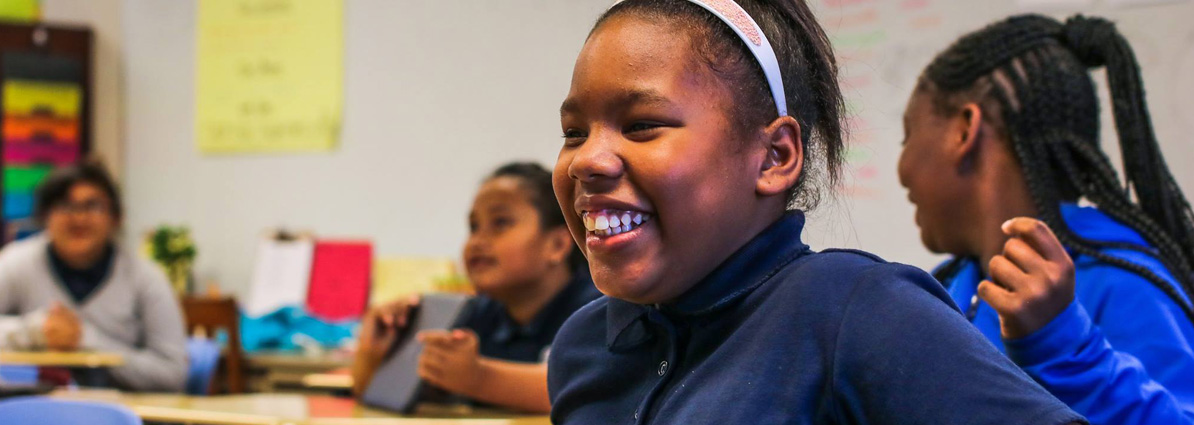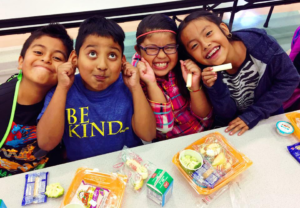Or “I can’t believe you just did that!” These are two of the favorite phrases of “disbelief” we adults like to use when we come face-to-face with mistakes made by youth. I know this personally and professionally. I have two daughters ages 7 and 11, and I’ll admit that these words have been a part of my “go-to” statements when trying to figure out what led to them “messing up.”
But, when you come to understand the mental and emotional state of adolescence, the questions above are pretty absurd! Why? Because it takes the better part of the first two decades of our lives to fully understand and make decisions based on consequences. In other words, we are not thinking for the first 20 years of our time on earth!
This is the beginning of understanding Social Emotional Learning (SEL). This is the process through which children and adults acquire, and effectively, apply the knowledge, attitudes, and skills necessary to understand and manage emotions, and make responsible decisions. In other words, “thinking” really means conducting an assessment of all the consequences and rewards that one can reap before committing to a decision.
Responsible decision-making is a skillset that K-12 students acquire over the span of many years. As afterschool practitioners, and those that lead and inspire our staff mentors, coaches, and youth workers, it is important for us to understand how to address mistakes with our students when they make them (because they will). Cornering our students and demanding an explanation only makes matters worse. During the elementary and middle school years, the adolescent brain is more focused on self-preservation versus proactive thinking. Sure, from a cognitive standpoint, our students’ brains are learning a whole lot! That said, their minds are constantly assessing if their surroundings are safe and free from threat, ensuring that they have food, shelter, and physical and emotional protection. When we corner our kids verbally or physically, they cannot access the logical and executive functions of their brains. They shut down, fight back, and run!
Therefore, one of the best ways for our kids to develop strong social-emotional fitness is to engage them in conversation. By giving them the freedom to talk through their decision-making process leading up to a blunder, they establish healthier mental behavior patterns. We literally mold our young people’s brains to become nimble, flexible, and ready to learn. This “molding” phenomenon is known as neuroplasticity, which is the growth of lines of communication in the brain, or synapses. Neuroplasticity is in direct contrast to what brain researchers call neophobia, the fear of learning anything new. Neophobia, this “rigid brain” phenomena, occurs when our youth are focused on self-protection, on basic survival rather than thriving. To put this in perspective, there exists a great imbalance between thriving and surviving amongst our students. Many more youth in our programs spend their time and energy on getting their basic needs met such as food, shelter and physical safety, rather than focusing on thriving in their personal and academic pursuits. This plays an important part in the overall teaching and learning environment in our classrooms. As educators, we must communicate that there is safety in the risk of learning and applying new skills. This sense of emotional safety is especially critical for the students we serve, whose physical safety once they leave school can’t always be taken for granted. Mastery and skill development cannot progress when fear is the norm, rather than cultivating in our kids the desire to understand “why” things happen and adapt their behaviors accordingly.
Understanding the adolescent brain is key to helping youth build their social emotional fitness. So, remember, the next time you are tempted to ask the question, “what were you thinking?” The answer is rooted in brain science! They weren’t!



